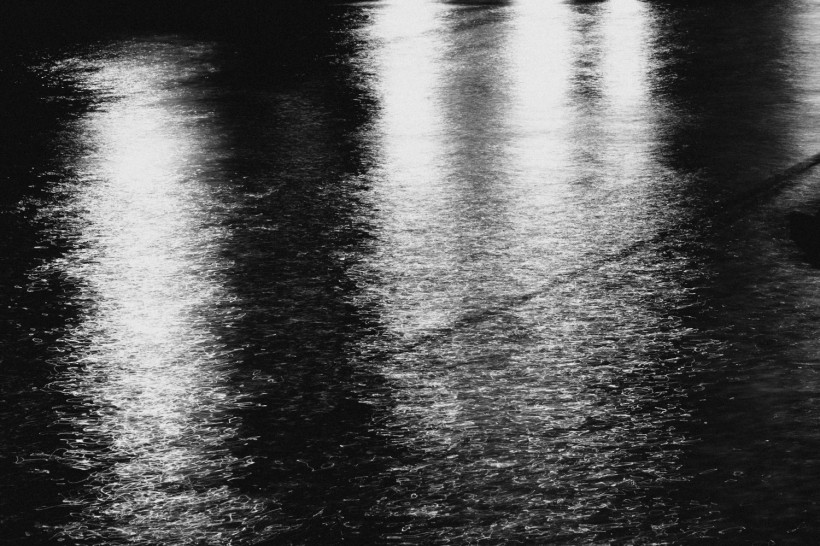Flash floods due to heavy rain has killed dozens of people and left hundreds homeless in Pakistan, according to reports on Sunday, July 10.
The heavy downpour is under the grasp of the ongoing monsoon season, leading to the stronger, more substantial rainfall called the monsoon rain.
Monsoon Rain Flooding

In Pakistan's southern Balochistan province, a total of 57 people were killed, including women and children, as raving floodwaters swept them.
The details are according to Ziaullah Langove, a disaster and home affairs advisor for the province's chief minister, as cited by Reuters.
The recurring torrential rain for several days has also killed two people and injured four others after their house collapsed in the northwestern Khyber Pakhtunkhwa province.
The monsoon rain also affected Pakistan's neighboring countries in the region.
In Afghanistan, flash floods killed 24 people in the eastern and southern regions of the country.
In India, related events killed at least 16 people in Kashmir after thousands of pilgrims were hit by floods during an annual Hindu pilgrimage.
Also Read: Pakistan Floods: 90 Killed, Streets and Homes Flooded with Sewage in Karachi
Indus River Basin Flooding
Pakistan goes through its rainy season or monsoon season from July to September each annually.
This year alone, monsoon rain has killed dozens of people nationwide in a matter since mid-June.
Heavy rain also led to infrastructural damage as homes, bridges, roads, and power stations.
Since July 2010, heavy monsoon rain and extreme flooding started to affect most parts of the South Asian country, particularly the provinces of Balochistan, Khyber Pakhtunkhwa, Punjab, and Sindh.
Floodwaters were also a result of the overflow of the Indus River Basin.
Also called "The Indus Basin" and the "The Indus River," the large inland body of water is considered to be a major transboundary river in Asia.
It has nine tributaries, such as the Gomal, Kabul, Swat, Kurram, Beas, Ravi, Chenab, Jhelum, and Sutlej.
The Asian Development Bank (ADB) reported in 2013 that 21 major floods had transpired in Pakistan's Indus River Basin between 1950 and 2010.
The persistent natural disaster left a total of 8,887 people dead, 109,822 villages affected, and $19 billion worth of direct economic loss during the said period.
The event also led to health hazards and the degradation of land and water quality in Pakistan.
In addition, there was a temporary disruption to the country's transport and economic growth, the ADB said.
Southwest Monsoon
According to the Pakistan Weather Portal, thousands of people die in Pakistan and across South Asia each year during the monsoon season.
While Pakistan is also prone to other catastrophic natural events such as earthquakes, cyclones, and drought; monsoon-related flooding is one of the deadliest and most destructive forces in the country.
The so-called Southwest Monsoon also reportedly coincides after the nation's summer season which spans from April to July.
The said period is also the time when cyclones form in a countrywide level, along with the occurrence of dust storms and heat waves, the Pakistan Weather Portal adds.
In 2010, the worst flooding of Pakistan in the 21st century occurred as approximately 2,000 people with over 20 million people affected, despite efforts of the Pakistani government of mass evacuations.
As mentioned earlier, the weather portal reported that the 2010 Pakistan flood is the worst disaster of its kind in the country since 1950.
Further details of the disaster have been published in the PLOS Currents in 2012.
Related Article: Real Estate Website Provides Flood-Risk Score for Every American Home
© 2024 NatureWorldNews.com All rights reserved. Do not reproduce without permission.


![Climate Change is Reducing Dust Levels Worldwide as Arctic Temperature Warms [Study]](https://1471793142.rsc.cdn77.org/data/thumbs/full/70320/280/157/50/40/climate-change-is-reducing-dust-levels-worldwide-as-arctic-temperature-warms-study.jpg)

![Tsunami Hazard Zones: New US Map Shows Places at Risk of Flooding and Tsunamis Amid Rising Sea Levels [NOAA]](https://1471793142.rsc.cdn77.org/data/thumbs/full/70325/280/157/50/40/tsunami-hazard-zones-new-us-map-shows-places-at-risk-of-flooding-and-tsunamis-amid-rising-sea-levels-noaa.jpg)
